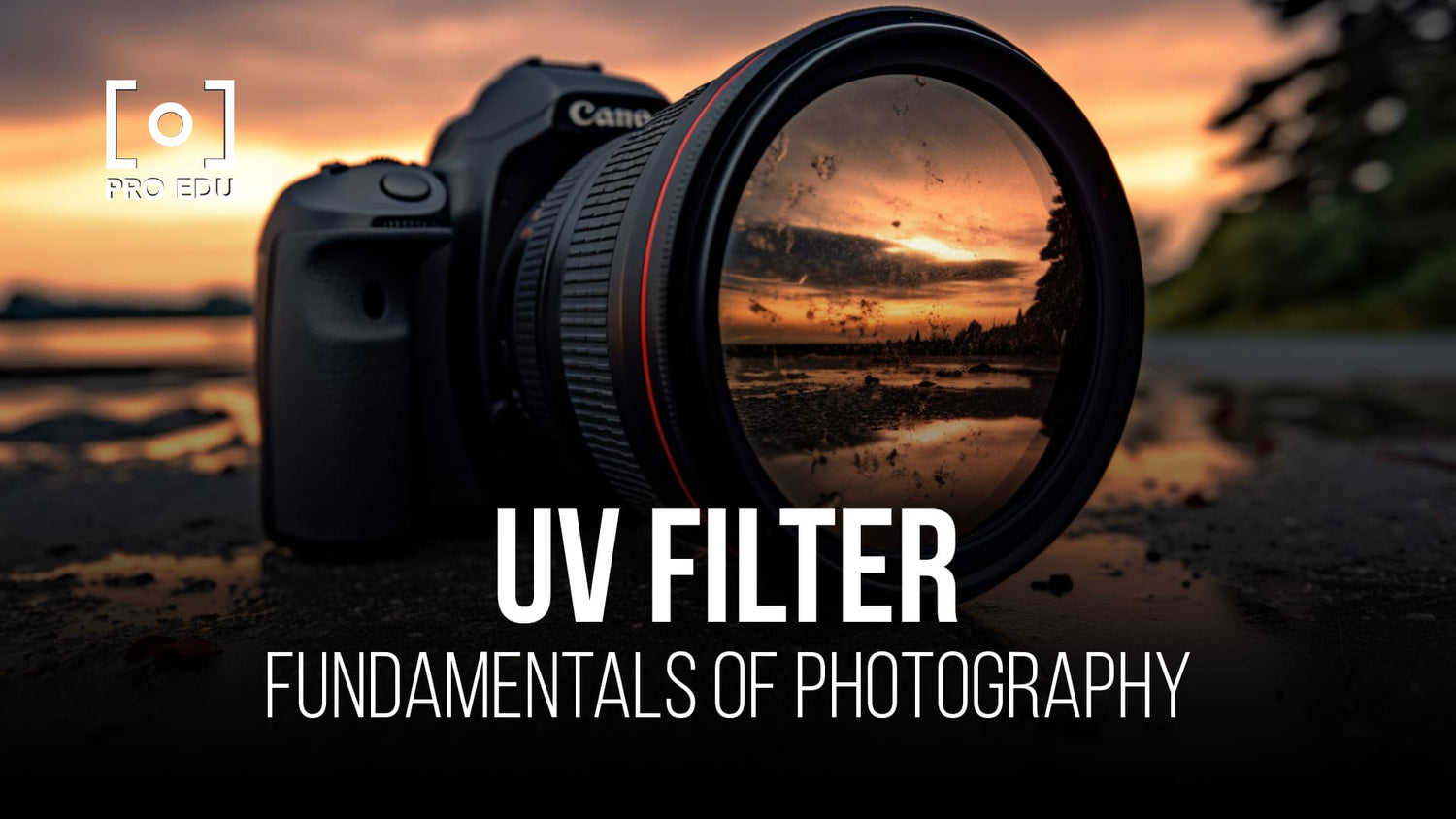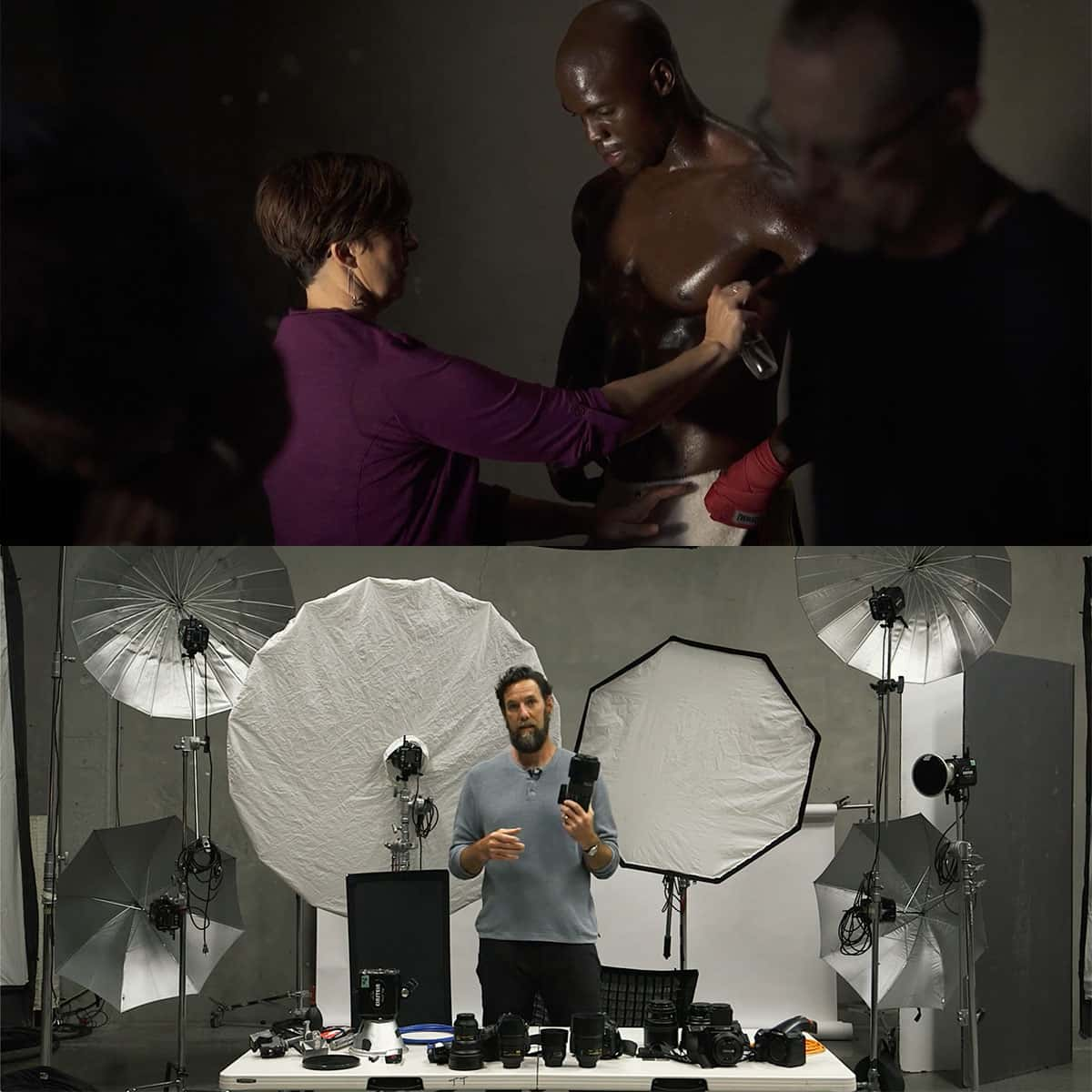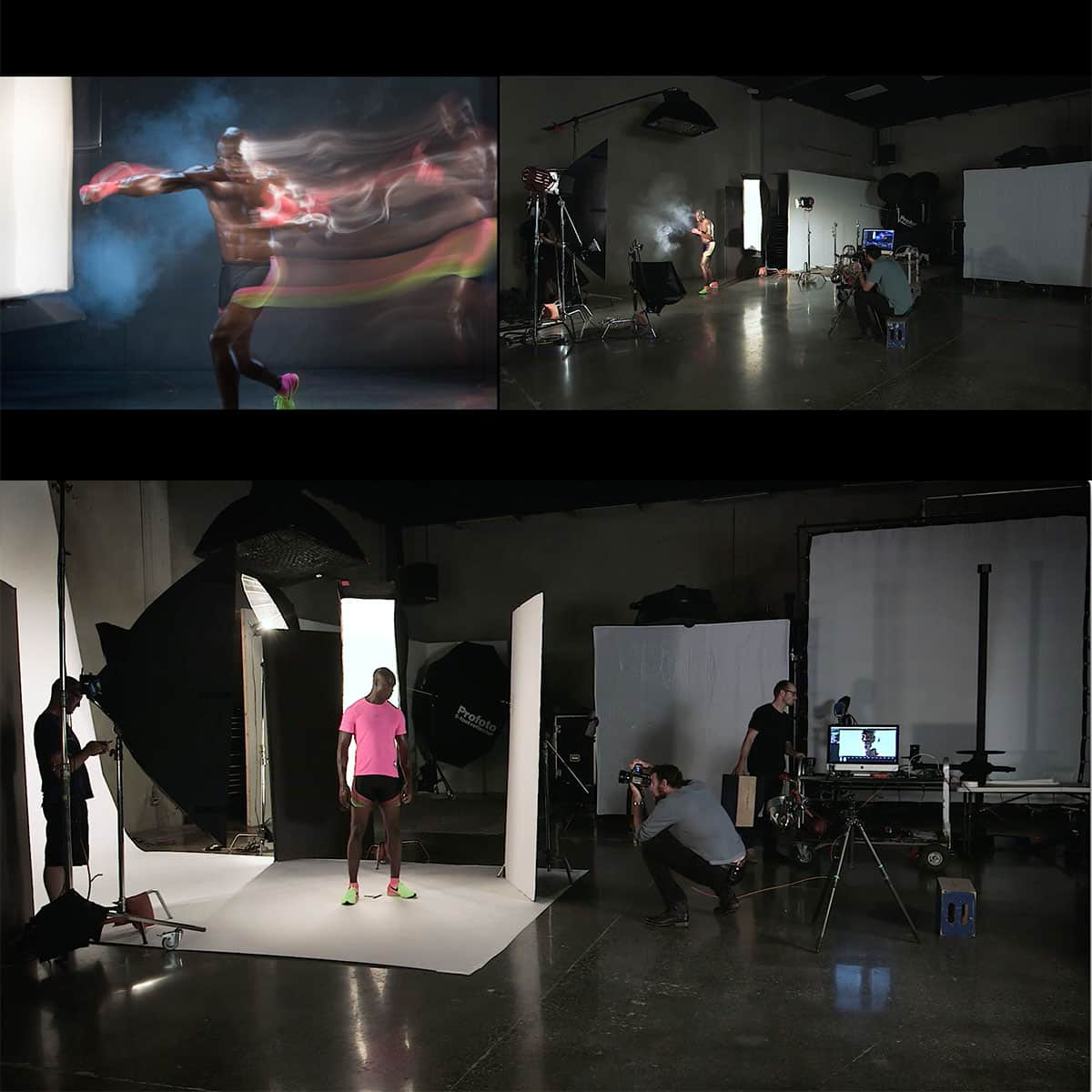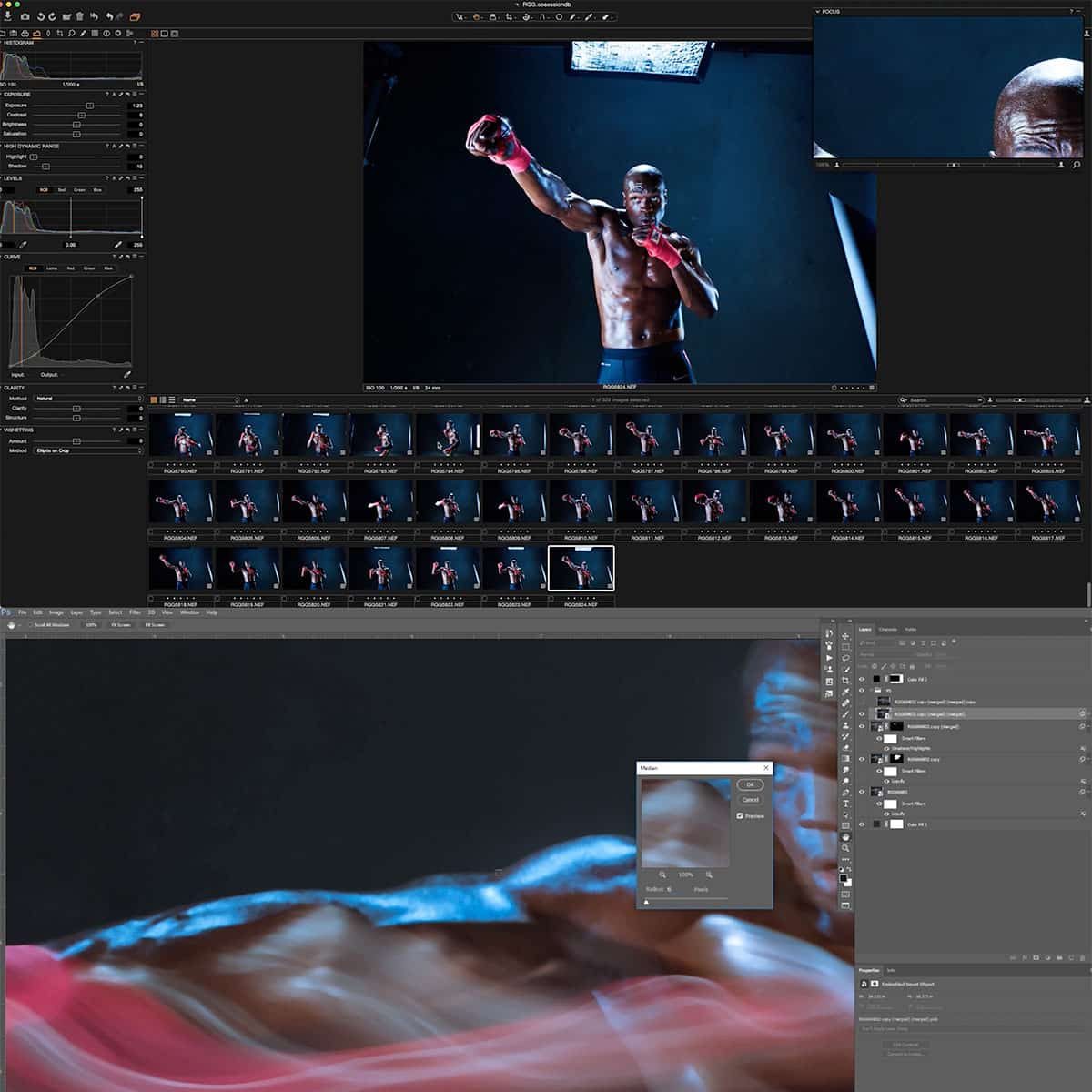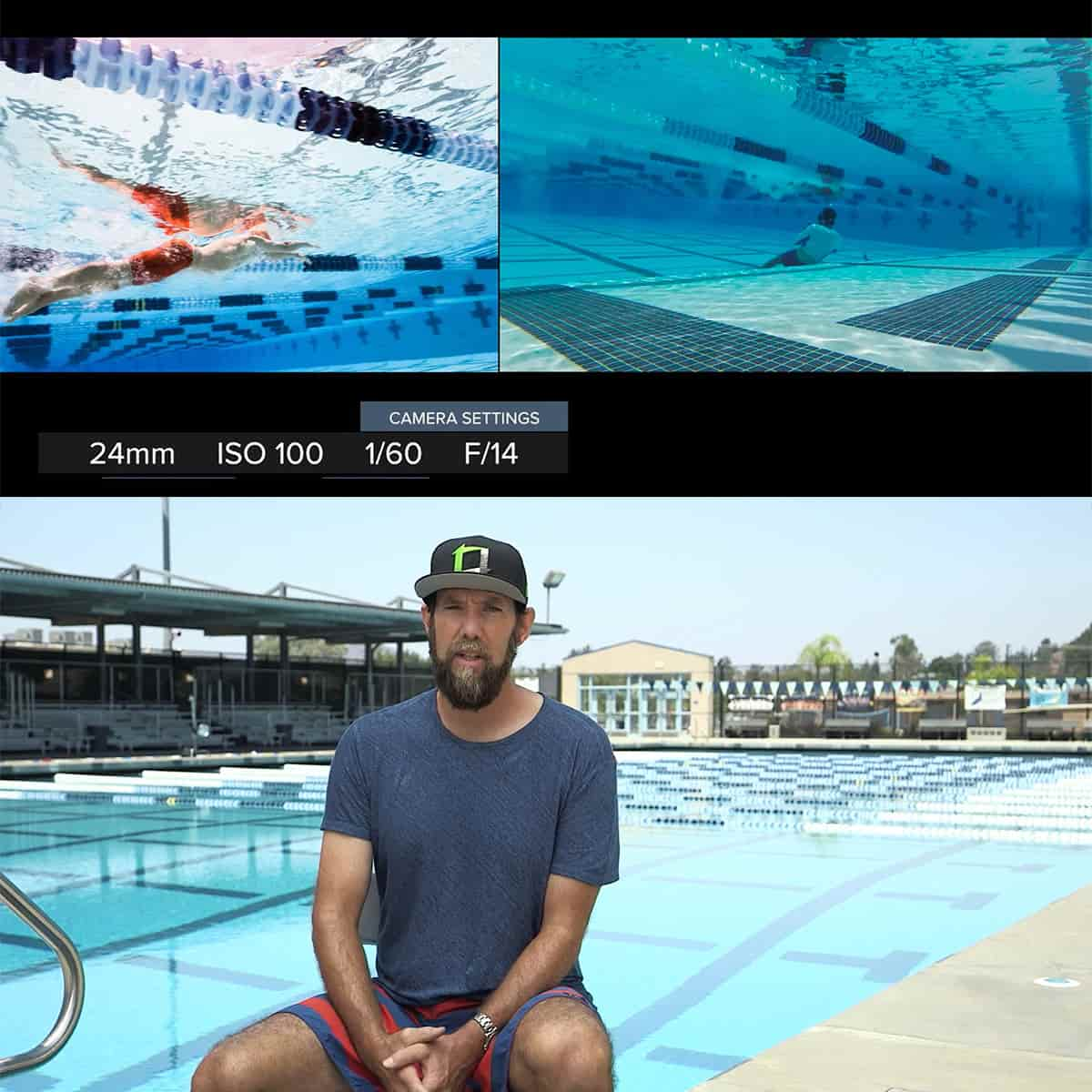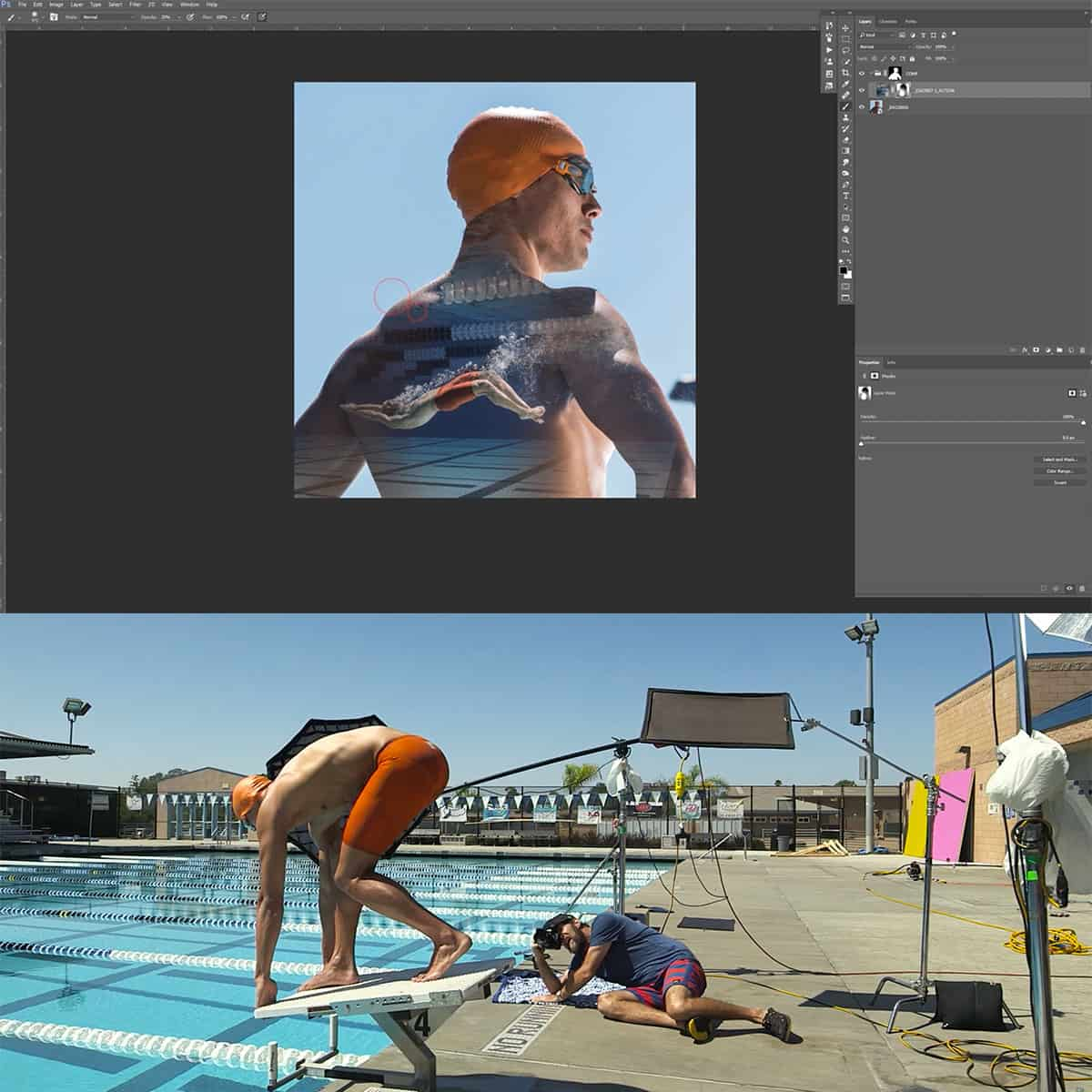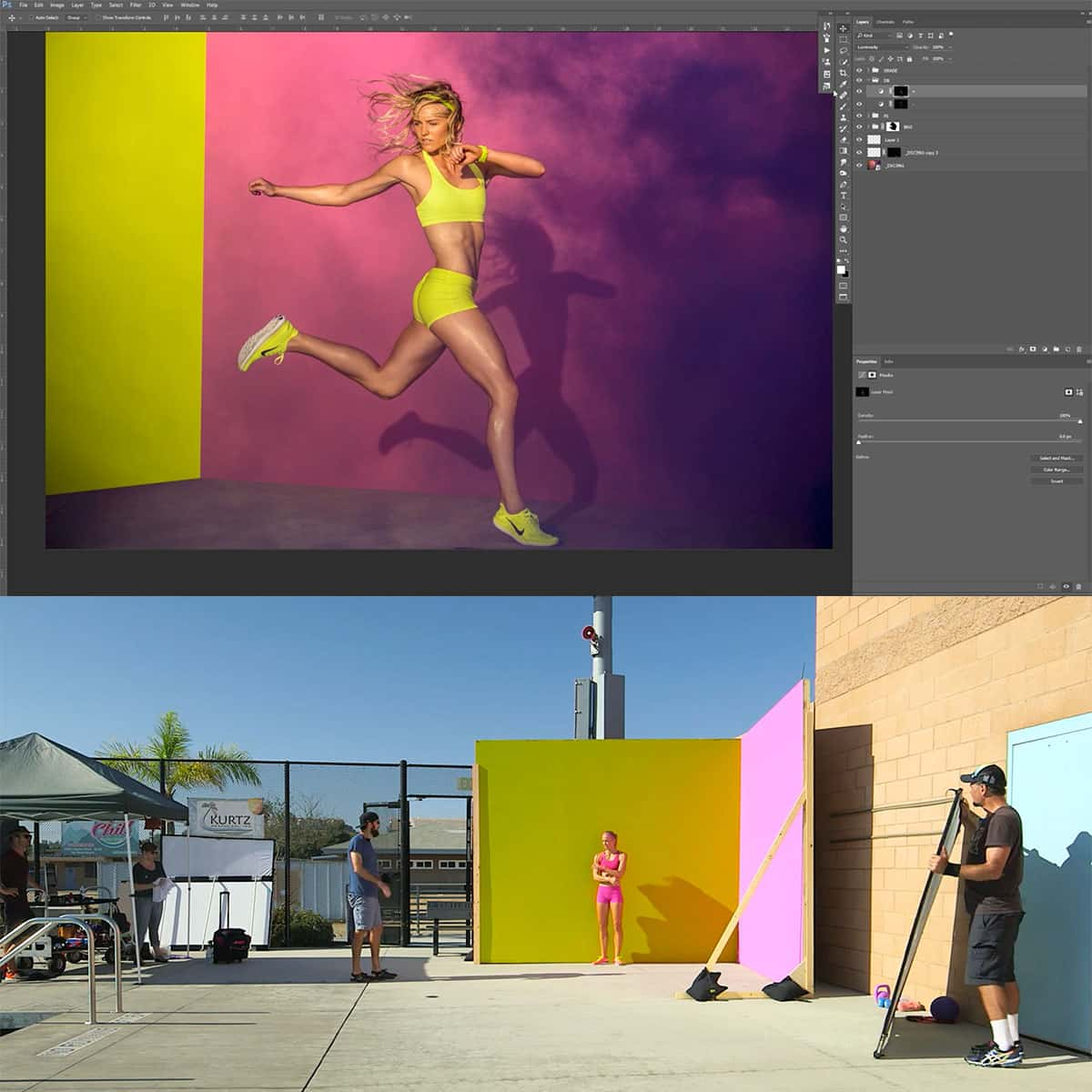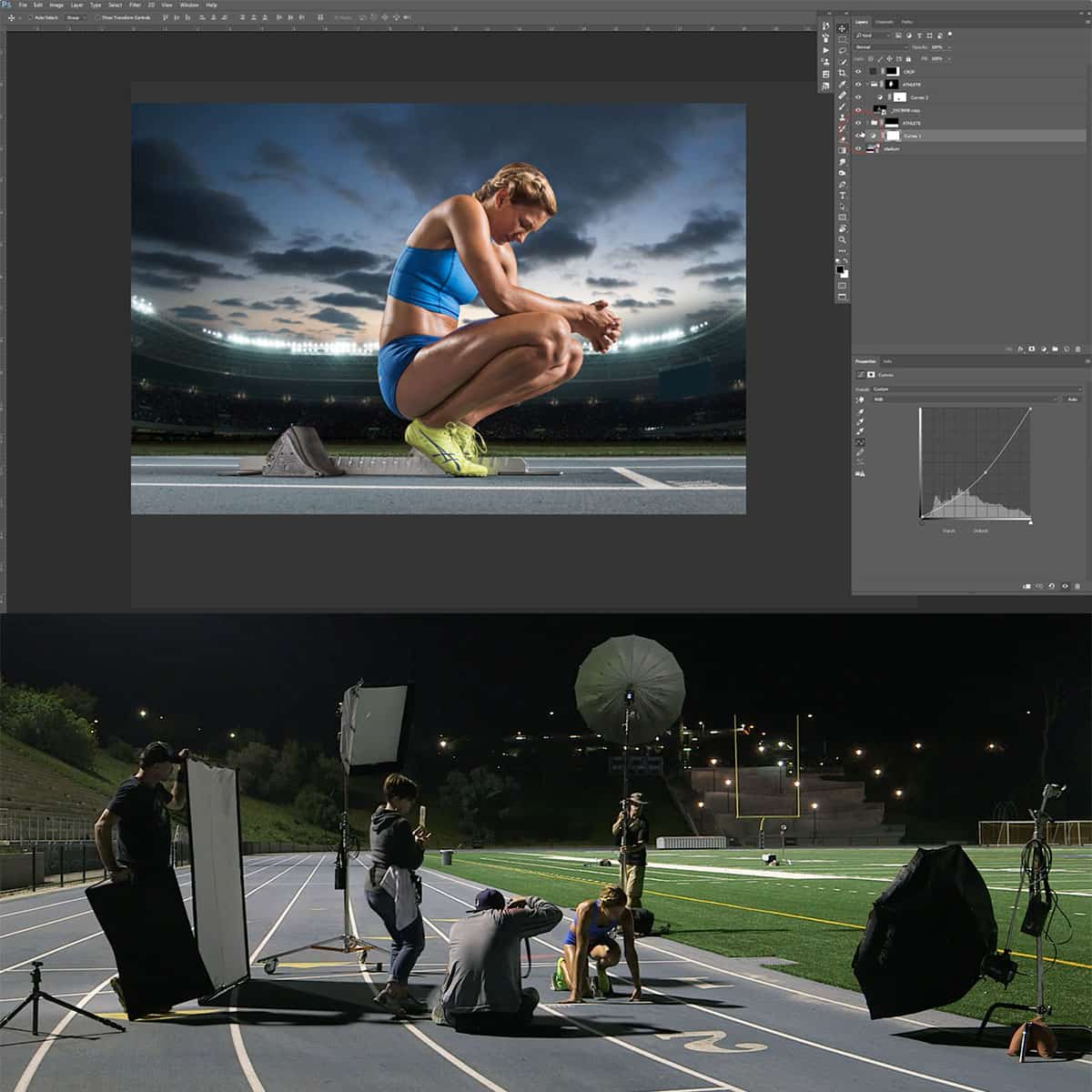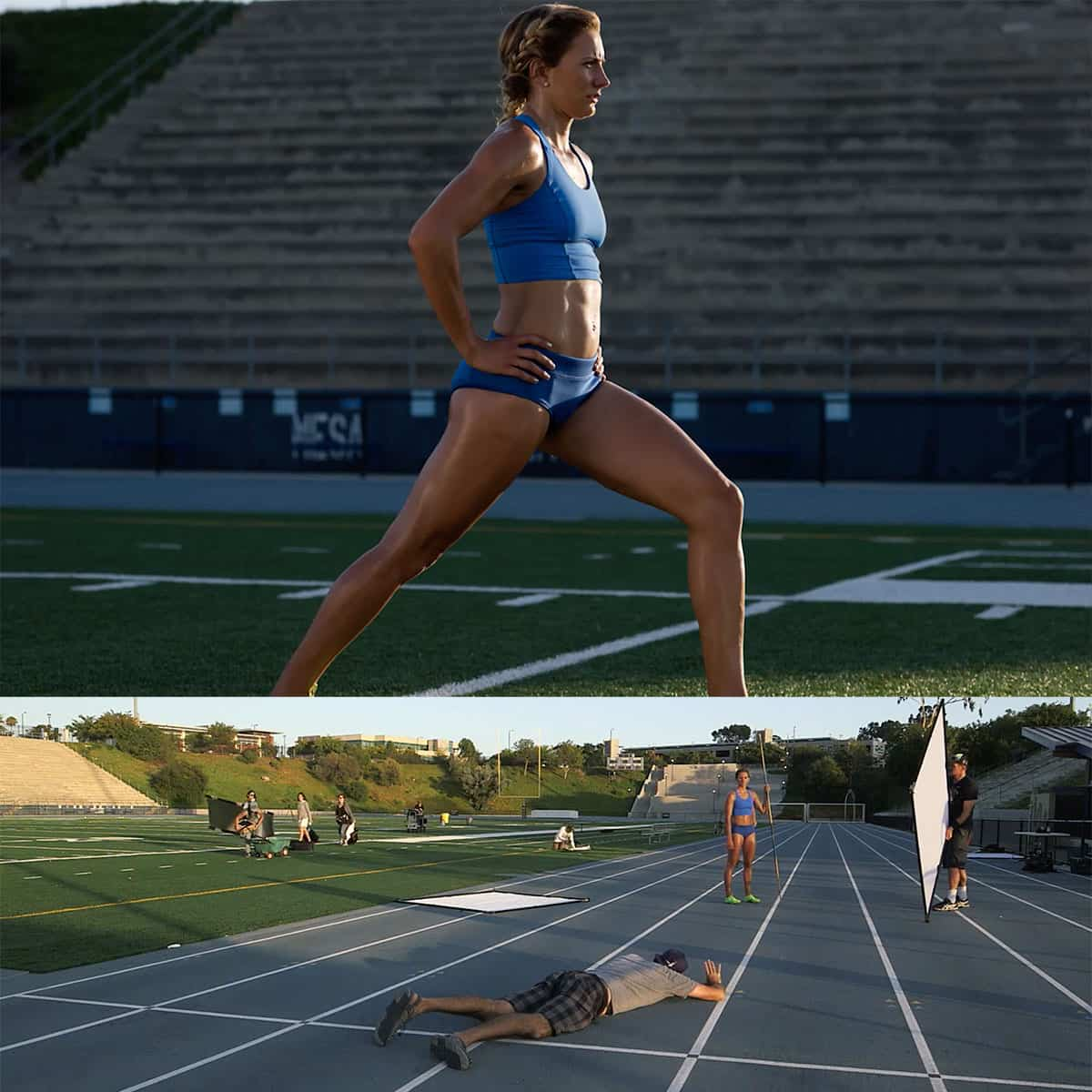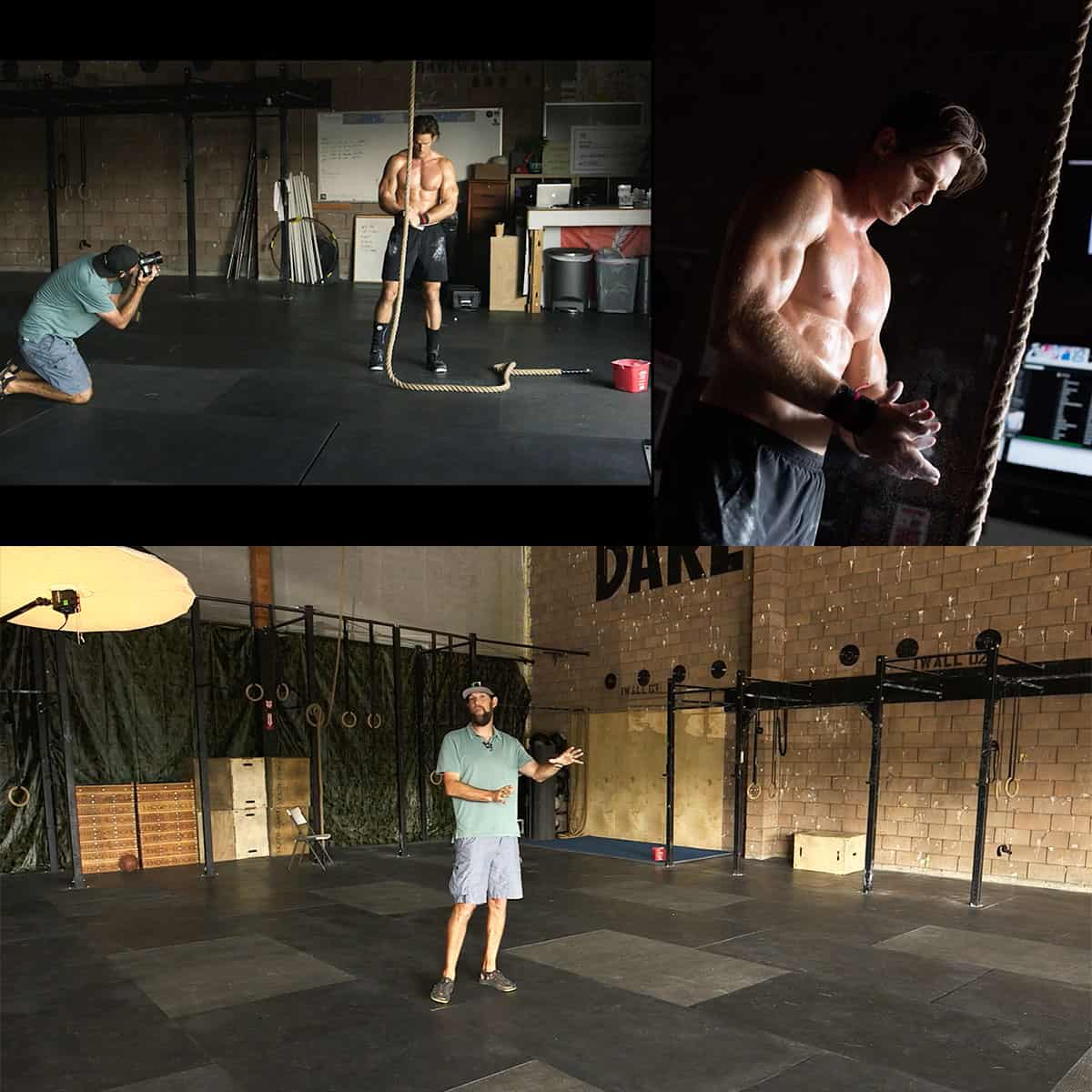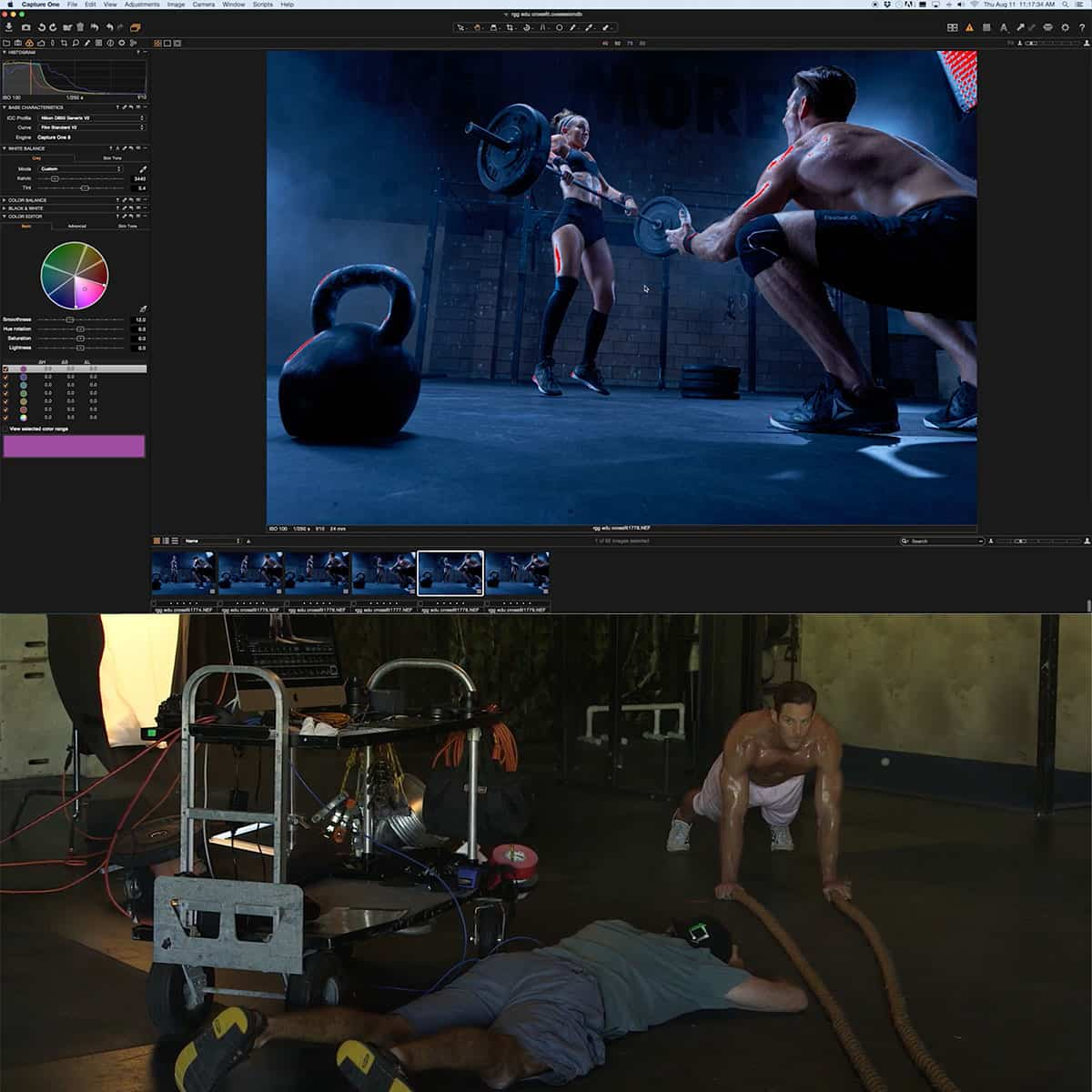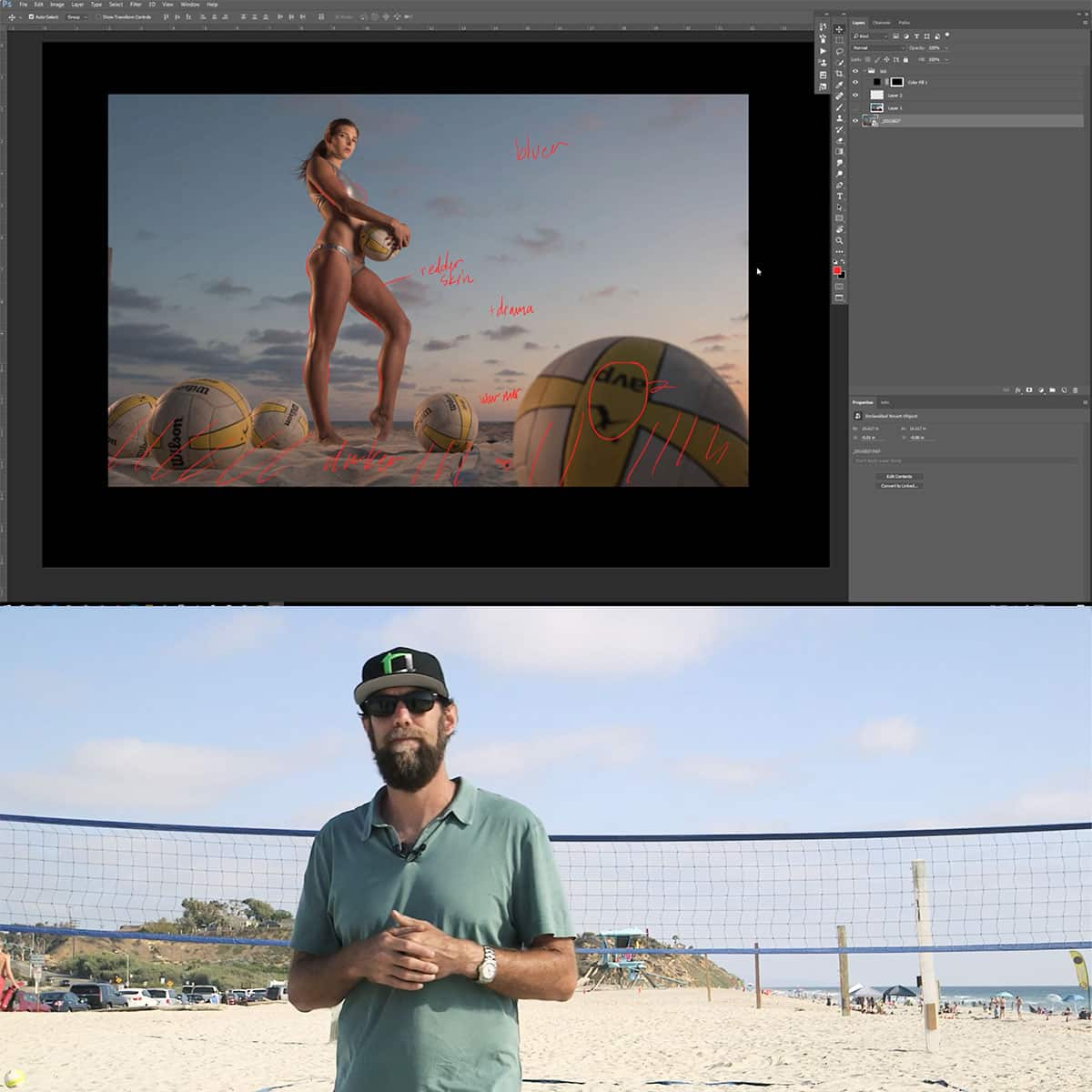UV Filter Benefits: Enhance Your Photos and Protect Your Lens
In the world of photography, capturing the perfect image is not just about skill and creativity, but also about the tools that assist us in the process. One such tool is the UV filter, a seemingly simple accessory that serves dual purposes. By filtering out ultraviolet light, we can effectively reduce the haze and blue cast from images, especially in high-altitude or scenic shots. Moreover, as we venture out to shoot in diverse environments, a UV filter acts as a protective shield for our precious lenses against scratches, dust, debris, and fingerprints.
Integrating a UV filter into our photography kit is about more than just protection; it's a step towards refining our craft. Its use becomes particularly evident in our quest for visual clarity and fidelity. When we choose the right UV filter, it can complement other photographic equipment and techniques, elevating the quality of our work. Alongside this, maintaining and caring for the UV filter ensures that we consistently derive its benefits, safeguarding our lens and enhancing our image outcomes without altering the natural colors of the photograph.
Key Takeaways
- UV filters cut down haze and blue cast in images while protecting lenses.
- Correct selection and usage of UV filters contribute to higher image quality.
- Regular maintenance of UV filters preserves their protective and image-enhancing functions.
Understanding UV Filters
UV filters serve a dual purpose in photography; they protect the camera lens from scratches, dust, and moisture, while also filtering out ultraviolet light which can cause a hazy, bluish cast in images.
Basics of UV Filtration
A UV protection filter is a glass piece that fits over the lens of a camera. It allows visible light to pass through while blocking or absorbing ultraviolet (UV) wavelengths. Our lenses are subject to various natural elements that can cause physical and aesthetic damage. By implementing a UV filter, we offer an additional layer of protection to our lens's surface. It's like sunscreen for your camera, guarding against the unseen UV rays that could degrade your images.
Types of UV Filters
When exploring UV filters, you'll encounter several types, each designed with specific characteristics to meet various photography needs.
- Standard UV Filters: These are the most common, providing basic UV protection and lens defense without altering image quality.
- Multi-Coated UV Filters: These have multiple layers of coatings to reduce lens flare and ghosting caused by reflections. For lenses used in bright conditions, we recommend these to maintain clarity and contrast.
Selecting the right UV filter for your photography concerns the level of protection needed and the desired effect on your photos. Whether it's a standard or multi-coated filter, it's crucial to match the filter with your photography environment and your camera’s specific needs.
Benefits of Using UV Filters
We find that incorporating UV filters into our photography setup provides not only a safeguard for our lenses but also enhances the image quality in certain shooting conditions.
Protection Against Scratches and Damage
A primary advantage of using a UV filter is the physical protection it offers our lens. Much like a screen protector for a smartphone, the filter absorbs the impact from potential scratches, dust, and smudges. This defense is invaluable as it's easier and more cost-effective to replace a filter than a lens.
Reduction of Haze and Ultraviolet Light
Besides protection, UV filters serve an important role in our image capture process by reducing atmospheric haze. This is more prominent when we're shooting in high-altitude or scenic landscapes where the UV light can create a blue tint or fade the colors in our photos.
Improving Image Clarity and Contrast
Our overall image clarity and contrast can be noticeably improved with a UV filter. They can help mitigate the effects of lens flare and light scattering, which in turn delivers a clearer picture. While modern digital sensors are less sensitive to UV light, the impact on contrast can still make a significant difference, particularly in harsh lighting conditions.
Choosing the Right UV Filter
When selecting a UV filter, we consider its materials, compatibility with our lens, and the balance between quality and price. It's not just about protection; the right filter can also enhance our photography.
Materials and Coatings
The construction of a UV filter is crucial in ensuring our images remain sharp and clear. Opt for filters with high-quality glass materials, as these minimize potential degradation of the image quality. Multi-coated filters reduce lens flare and ghosting when we're shooting in bright conditions. Some of our best photographs come through clear, contrast-rich imagery, and this is where coatings make a difference. Filters like the Platinum™ - 55mm UV Lens Filter from Best Buy illustrate well-constructed models that can serve both purposes.
Diameter and Compatibility
We must ensure the UV filter fits our camera lens flawlessly. The diameter of our lens dictates the size of the filter needed. This size is usually indicated in millimeters (mm) on the lens itself. For instance, if we use a mirrorless camera, we might find its lens diameter differs from that of DSLR lenses. Therefore, always double-check the lens diameter before purchasing a filter.
Filter Quality and Price
Our budget often influences the quality of the UV filter we choose, but investing in superior quality filters can save us money in the long run by protecting our valuable lenses. Generally, the price is a reflection of the filter's durability and optical performance. We balance our choice by comparing the longevity and the protective aspects of the filter with its cost. Remember, the adage "you get what you pay for" often holds true in the realm of camera accessories.
By considering these criteria, we can ensure our investment in a UV filter is one that meets our photographic requirements without compromising on the clarity and longevity of our camera lenses.
Complementary Filters for Enhanced Photography
Beyond protecting lenses, certain filters are pivotal for achieving specific photographic results. We’ll explore how circular polarizers and neutral density filters can be instrumental in controlling light and refining the imagery.
Circular Polarizers
Circular Polarizers (CPL) are invaluable in our photography toolkit for managing reflections and enhancing the vibrance of our images. By selectively filtering polarized light, we reduce glare from reflective surfaces like water or glass. This not only makes colors more saturated but also significantly improves the contrast in the sky, making clouds pop against a bluer backdrop. The practical application of CPLs is evident in scenarios where control over reflections is essential to the main results of the shot.
Neutral Density Filters
Neutral Density (ND) filters serve a critical purpose: they provide us with the control over exposure without affecting the color of the image. By limiting the amount of light entering the lens, we maintain the desired depth of field and shutter speeds in bright conditions. This control can lead to main results such as smooth, flowing water in landscapes or motion blur to convey movement. A special variant, the Graduated ND filter, allows for a gradual transition from opaque to clear, offering precise exposure control, particularly useful in high-contrast scenes where the sky is significantly brighter than the landscape.
UV Filter Usage and Maintenance
When it comes to using and maintaining UV filters, we must be meticulous to ensure they perform at their best and last as long as possible. A well-applied and clean UV filter can improve image quality by reducing glare and enhancing the transmission of light through the lens.
Proper Application and Removal
To apply a UV filter correctly, we always start by ensuring that the filter and lens threads are clean—any grit or dirt could damage the threads. We align the filter with the lens's thread, attaching it with a gentle rotation until it is secure but not overly tight. To avoid cross-threading, we engage the threads straight on and refrain from forcing the filter onto the lens.
For removal, we carefully rotate the filter counterclockwise. If the filter is stuck, we use a filter wrench or apply gentle, even pressure around the edges to release it. We avoid excessive force, as it could damage both the filter and the lens threads.
Cleaning and Care
The longevity of a UV filter significantly depends on how well it's cared for. Here's how we approach cleaning and maintenance:
- Dusting: First, we gently use a soft brush or air blower to remove any loose dust or debris from the filter’s surface.
- Gentle Cleaning: We apply a small amount of lens cleaning solution to a microfiber cloth or a lens tissue, not directly to the filter.
- Wiping: Using a circular motion, we start from the center and move outward to clean the glass, ensuring we leave no streaks or spots.
Remember, any abrasive cloth or harsh cleaning fluids can permanently damage the coatings on the filter. Lens coatings are crucial as they help to minimize the effects of glare and enhance light transmission. Therefore, we always use products designed explicitly for camera optics.
By following these guidelines, we ensure that our UV filters remain in prime condition, helping to protect our lenses and enhance our photography without interfering with the camera's performance.
Frequently Asked Questions
In this section, we address some of the most common inquiries about UV filters, focusing on their multitasking abilities in both protecting camera lenses and improving photographic quality.
What are the benefits of using a UV filter in photography?
UV filters offer several advantages, including reducing atmospheric haze, which results in clearer images, and providing a barrier against scratches, dust, and moisture that could harm the lens.
How does a UV filter aid in lens protection?
A UV filter acts as a shield for the lens surface. It takes the brunt of any potential impact or abrasive damage that would otherwise directly affect the lens.
Can a UV filter also serve as a lens protector?
Yes, a UV filter can serve as a lens protector. By being an additional layer on top of the lens, it can protect the lens from scratches, dust, and other physical damages.
What impact does a UV filter have on image quality and contrast?
While some filters may affect image quality, a high-quality UV filter should have minimal to no effect on the image's contrast or sharpness, ensuring the preservation of image quality.
Are there any specific advantages to using Tiffen UV filters?
Tiffen UV filters are known for their quality and durability, which can result in better protection for the lens and potentially enhance image quality by filtering out UV light effectively.
In addition to protection, how can UV filters enhance photographic effects?
Beyond protecting the lens, UV filters can reduce the bluish cast in images caused by UV light and prevent haze, improving color accuracy and the overall clarity of photographs.


